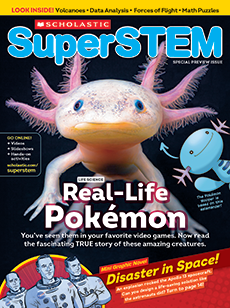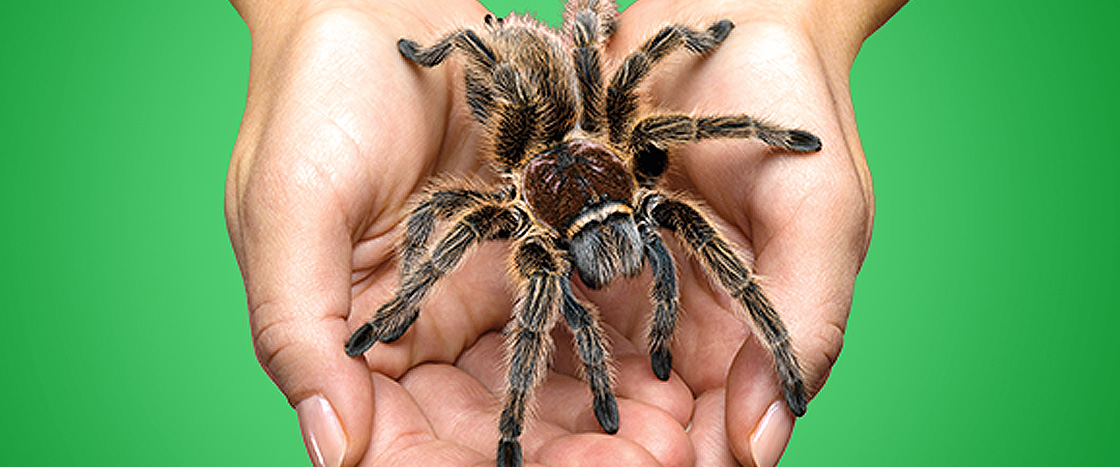Back in December 2018, authorities at Seattle-Tacoma International Airport came across a suspicious package. When they opened it, they found 250 live baby tarantulas! The spiders had been smuggled to the U.S. from Brazil to be sold as pets.
Every year, tens of thousands of tarantulas are poached from the wild and sold illegally online and in pet stores. Certain species can fetch as much as $1,000 per spider! This trade is hurting tarantula populations around the world. Some species are even in danger of becoming extinct.
A strange package was found at Seattle-Tacoma International in December 2018. Authorities opened it. Inside were 250 live baby tarantulas! The spiders had been snuck into the U.S. from Brazil. They were going to be sold as pets.
Tens of thousands of tarantulas are poached from the wild every year. They’re sold illegally online and in pet stores. Certain species can fetch as much as $1,000 per spider! This trade is hurting tarantula numbers around the world. Some species are even in danger of going extinct.

